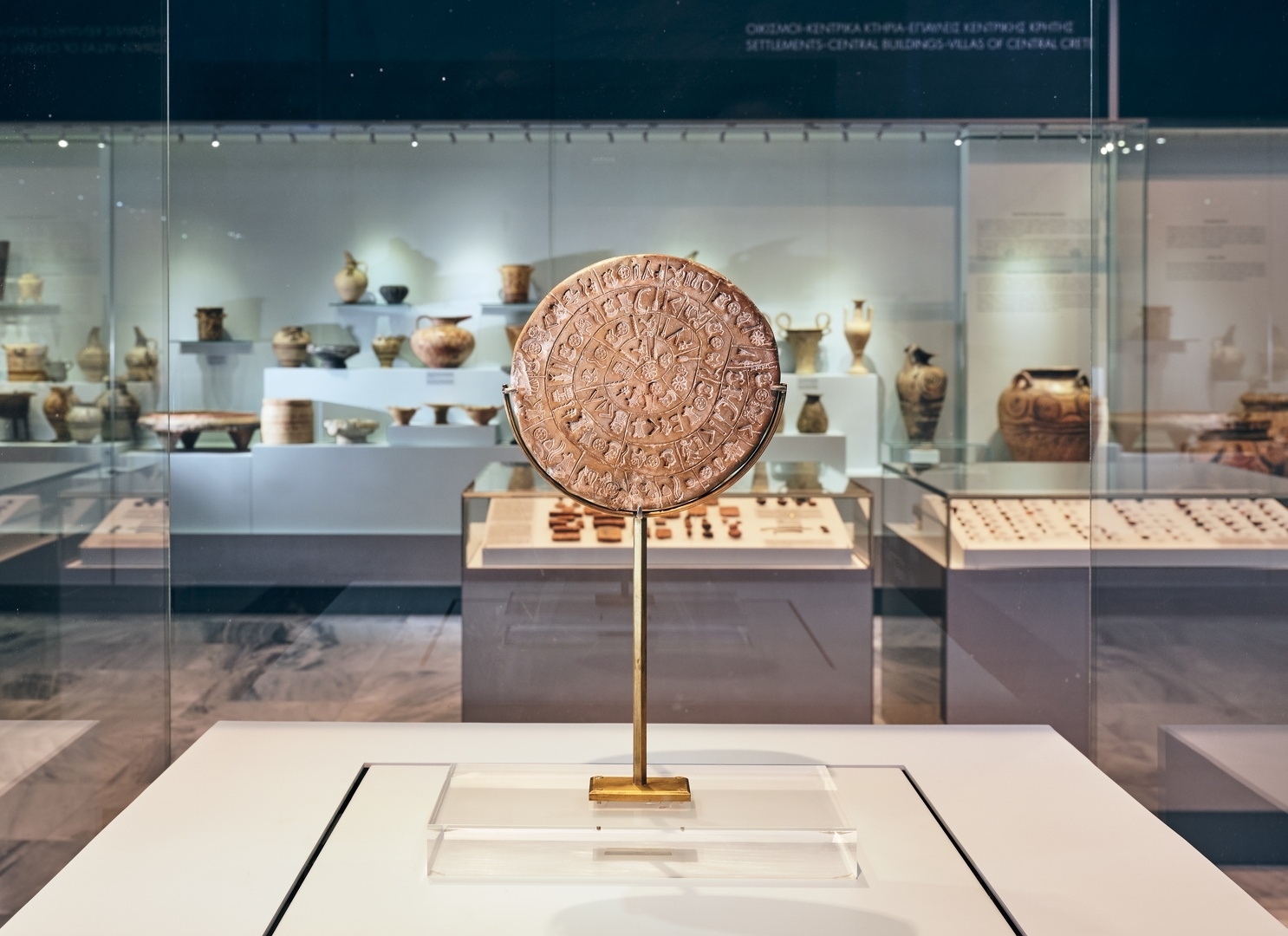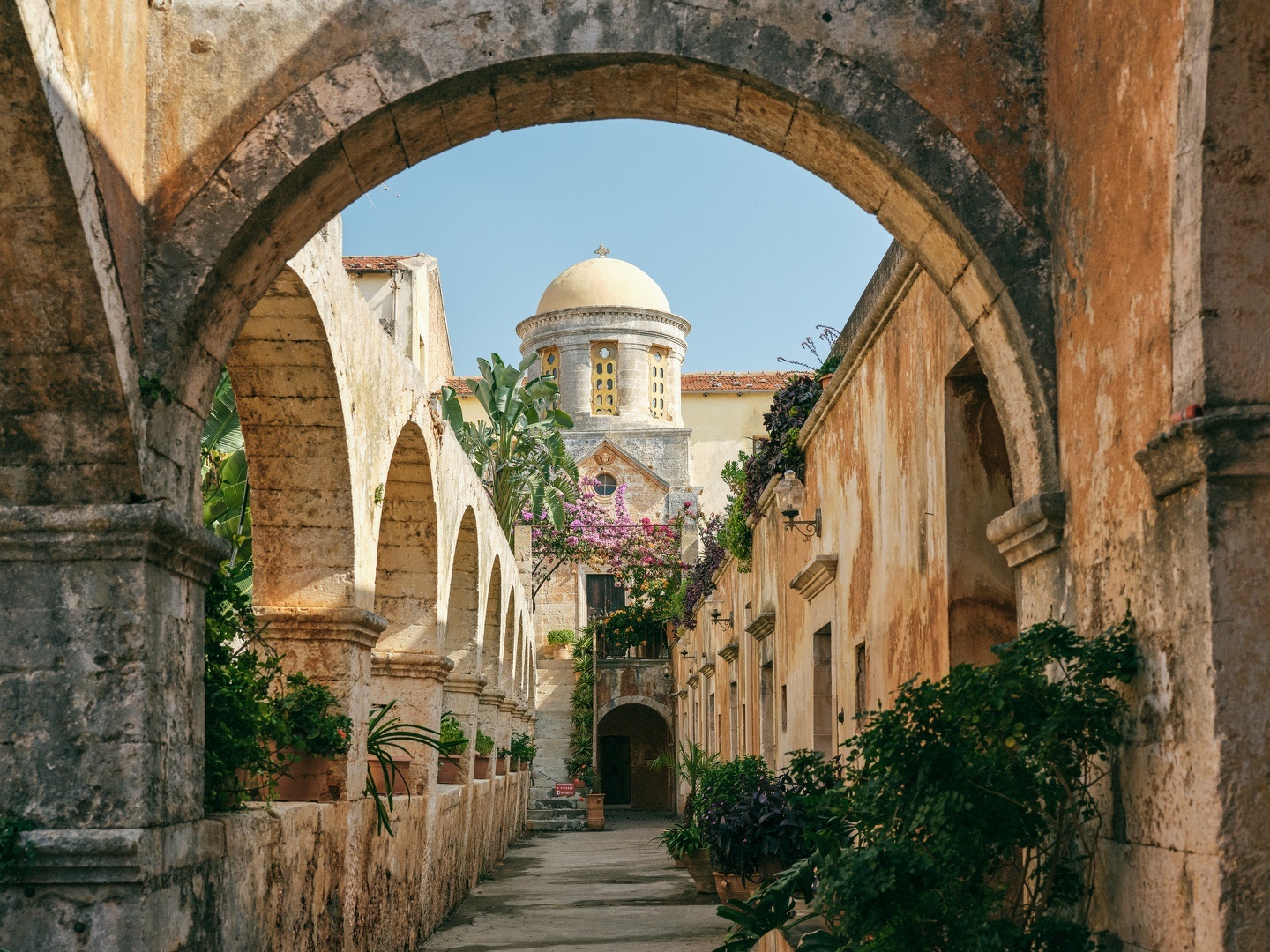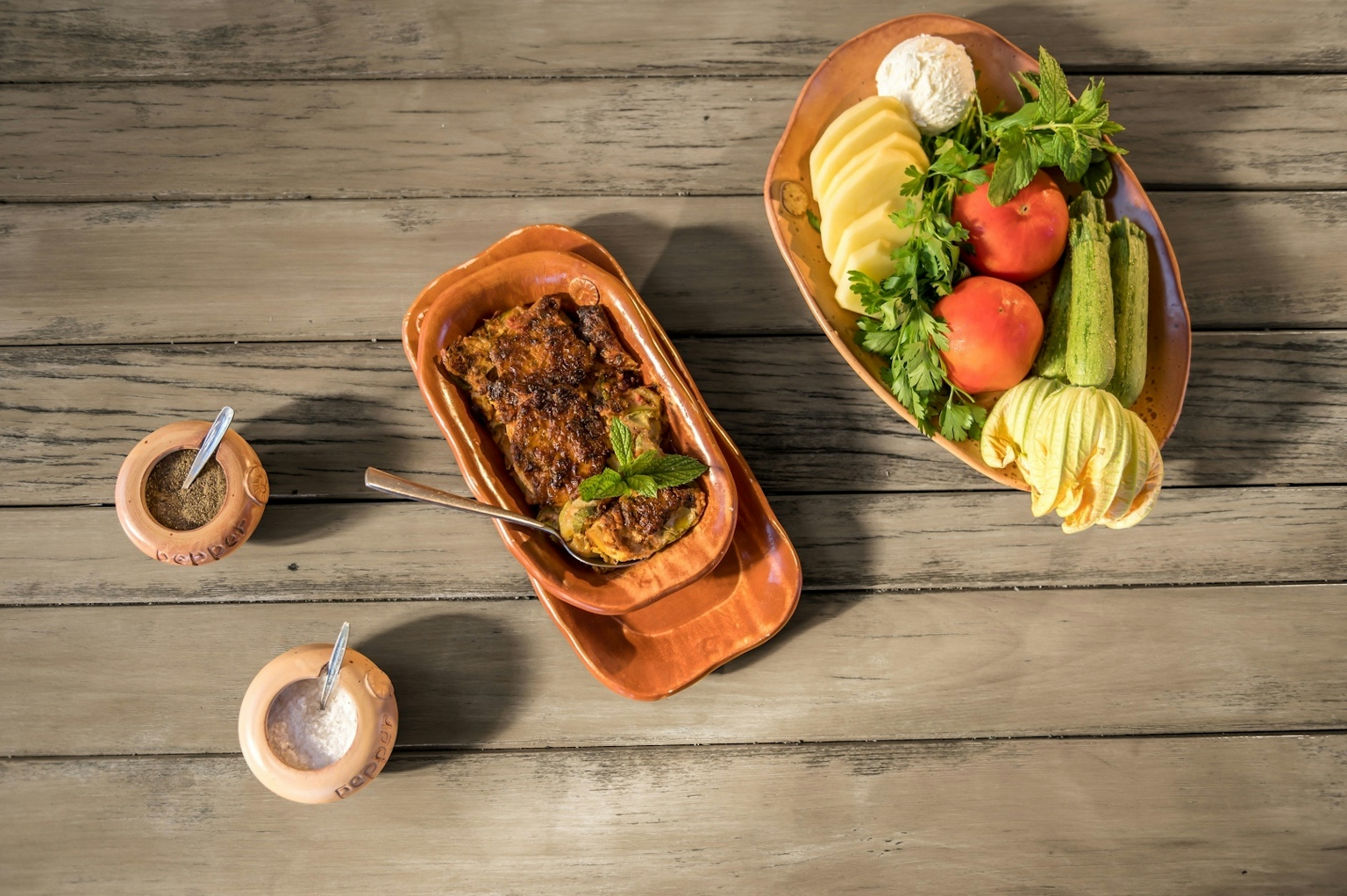
A tradition steeped in ritual, the preparation of new sourdough during Holy Week is a cherished custom observed both within churches and households.
Which girl had the privilege of making the sourdough?
Women take on a central role in this tradition, skilfully crafting the sourdough as part of their preparations for Easter. It was customary for them to undertake this sacred task either within the solemn confines of the church or in the comfort of their own homes.
As they read the Apostle Paul's letter to the Corinthians, specifically the passage ‘Did you not see that a little leaven leavens the whole lump?’, the women would commence kneading the leaven (yeast) with flour and lukewarm water. The sourdough was traditionally prepared by a pure girl who had observed fasting throughout Lent. This sacred task was undertaken by the girl, who then presented the sourdough to the housewives.
Sourdough was typically prepared after the Sacrament of Healing, following the Vespers of Holy Week. On Holy Thursday, after the second Gospel, worshippers would depart from the church to their homes to prepare the leaven. Some individuals would even bring flour on Good Friday to the church and create the leaven there, using flowers from the epitaph or flowers provided by the priest. These flowers were dipped three times crosswise in water, and this consecrated water was then utilised in the preparation of the sourdough.
Housewives would create a sourdough starter with Resurrection Leaves from the first Resurrection, on the morning of Holy Saturday, while the priest sprinkled the faithful with the Resurrection Leaves and the church echoed with the chant ‘Christ is Risen’. The housewives would gather these leaves, dip them three times crosswise in the water intended for making the starter.
Lena Igoumenaki
President of the Cretan Cuisine Festival Association

Cretan Cuisine Festival
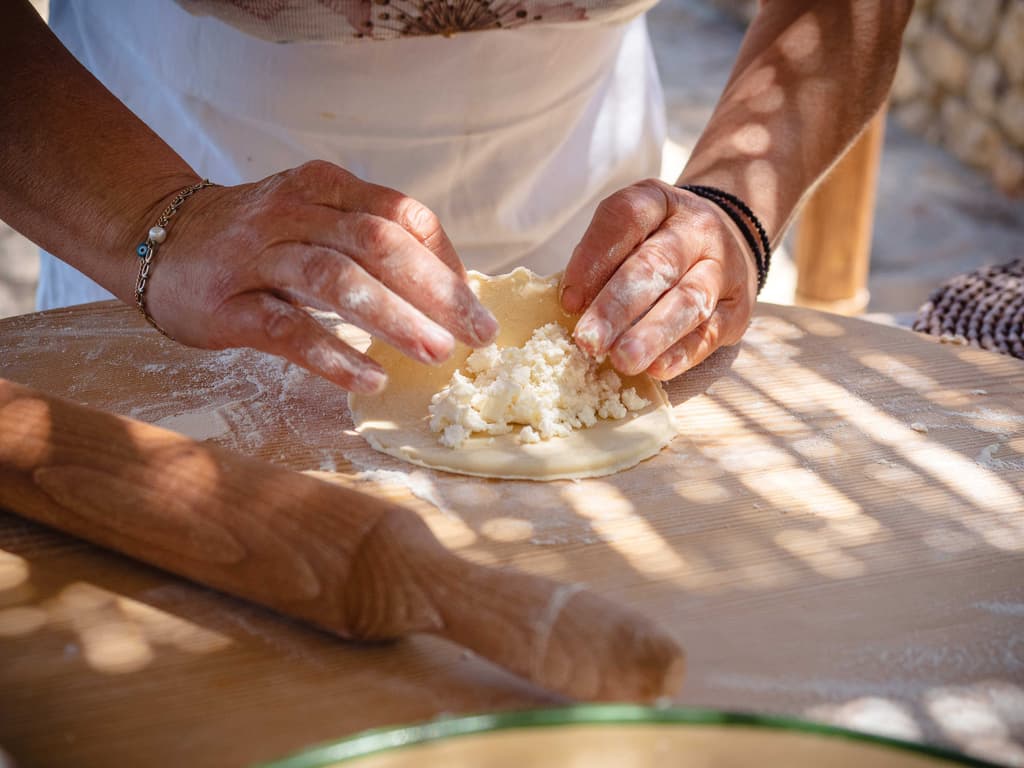
Mizithropites: Authentic Cretan Pies
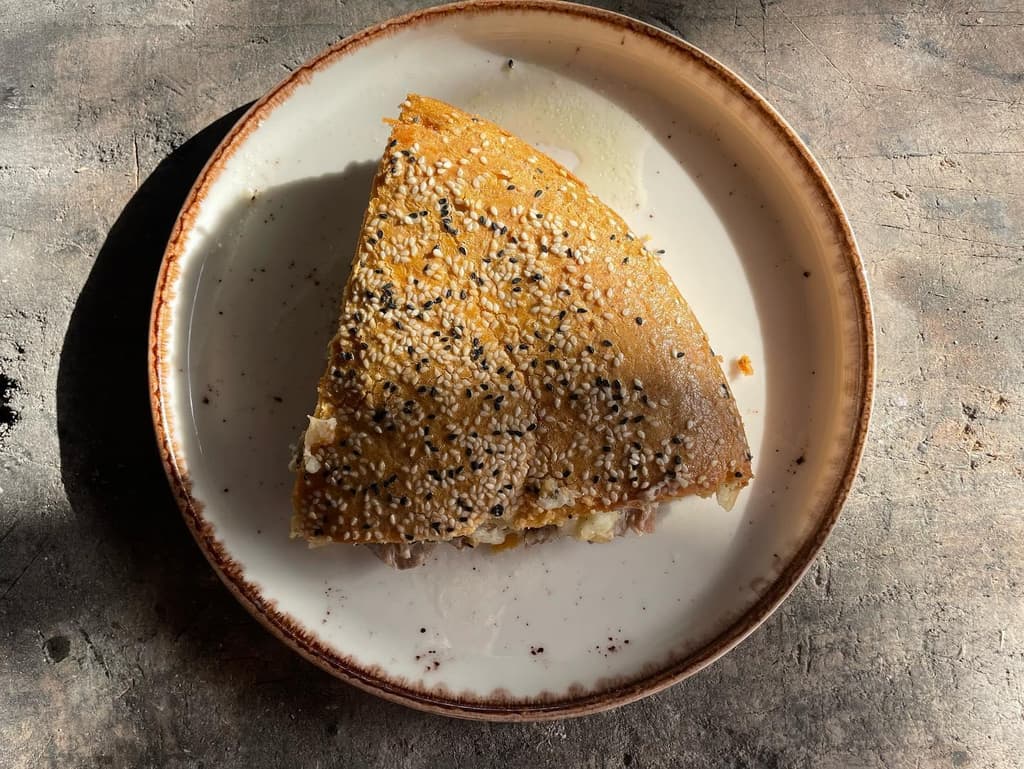
Meat cake

Chania Boureki or Courgette Boureki

Topia (Balls)
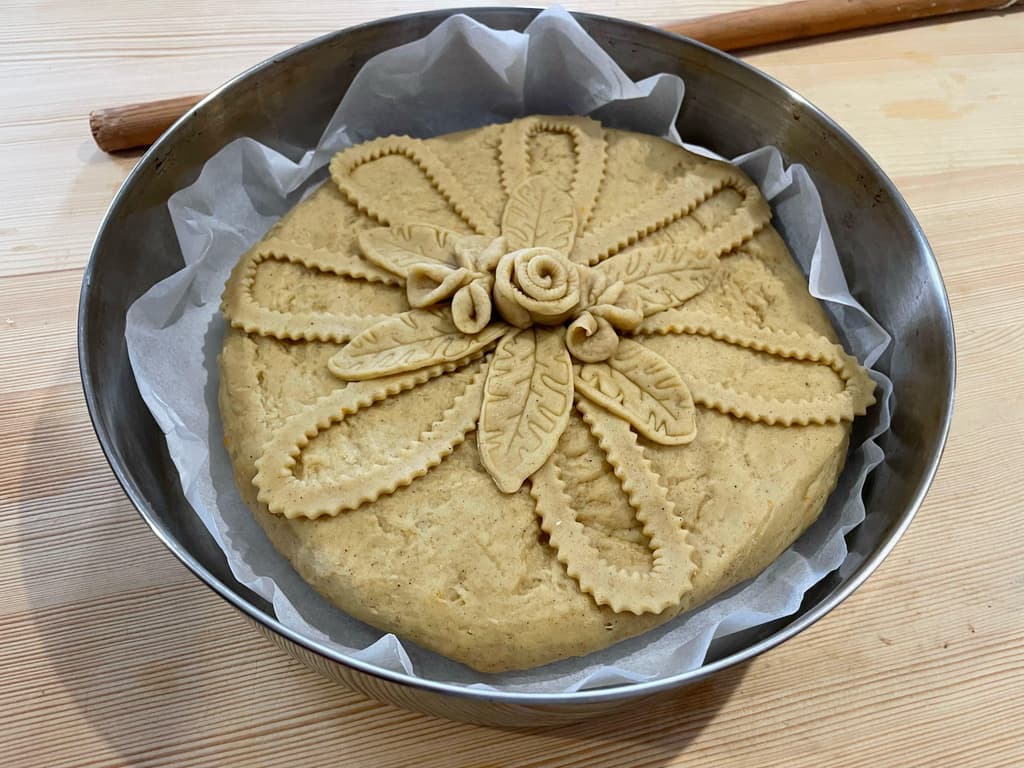
The Traditional 'Bread of the Year'
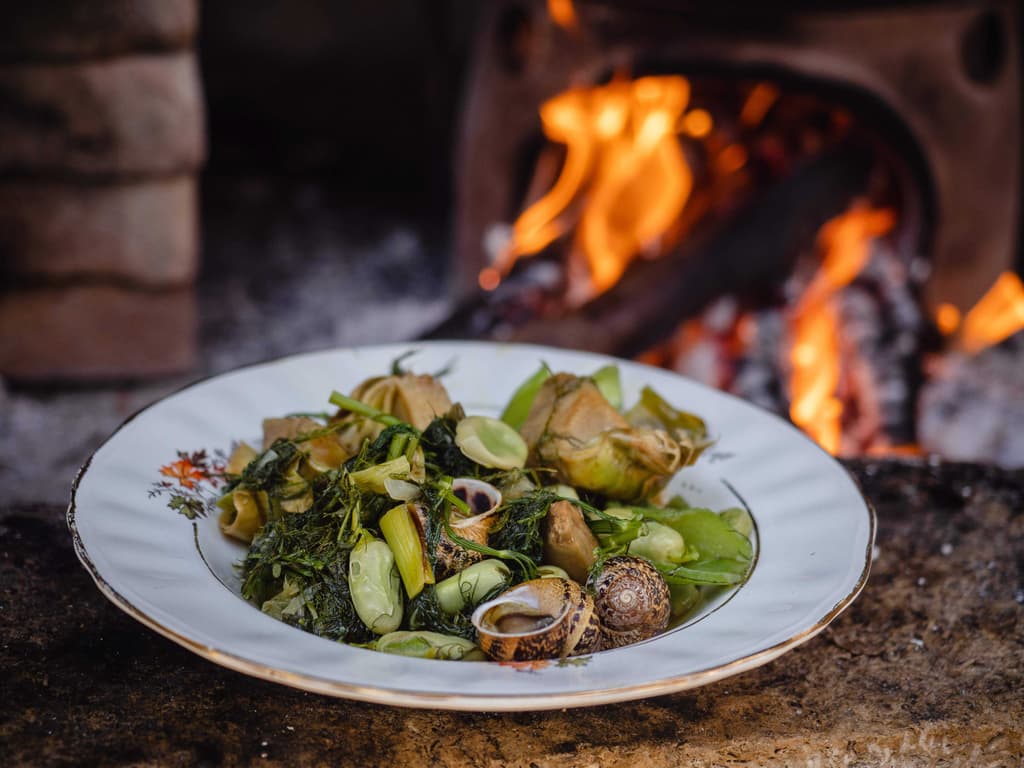
Snails with Broad Beans and Artichokes
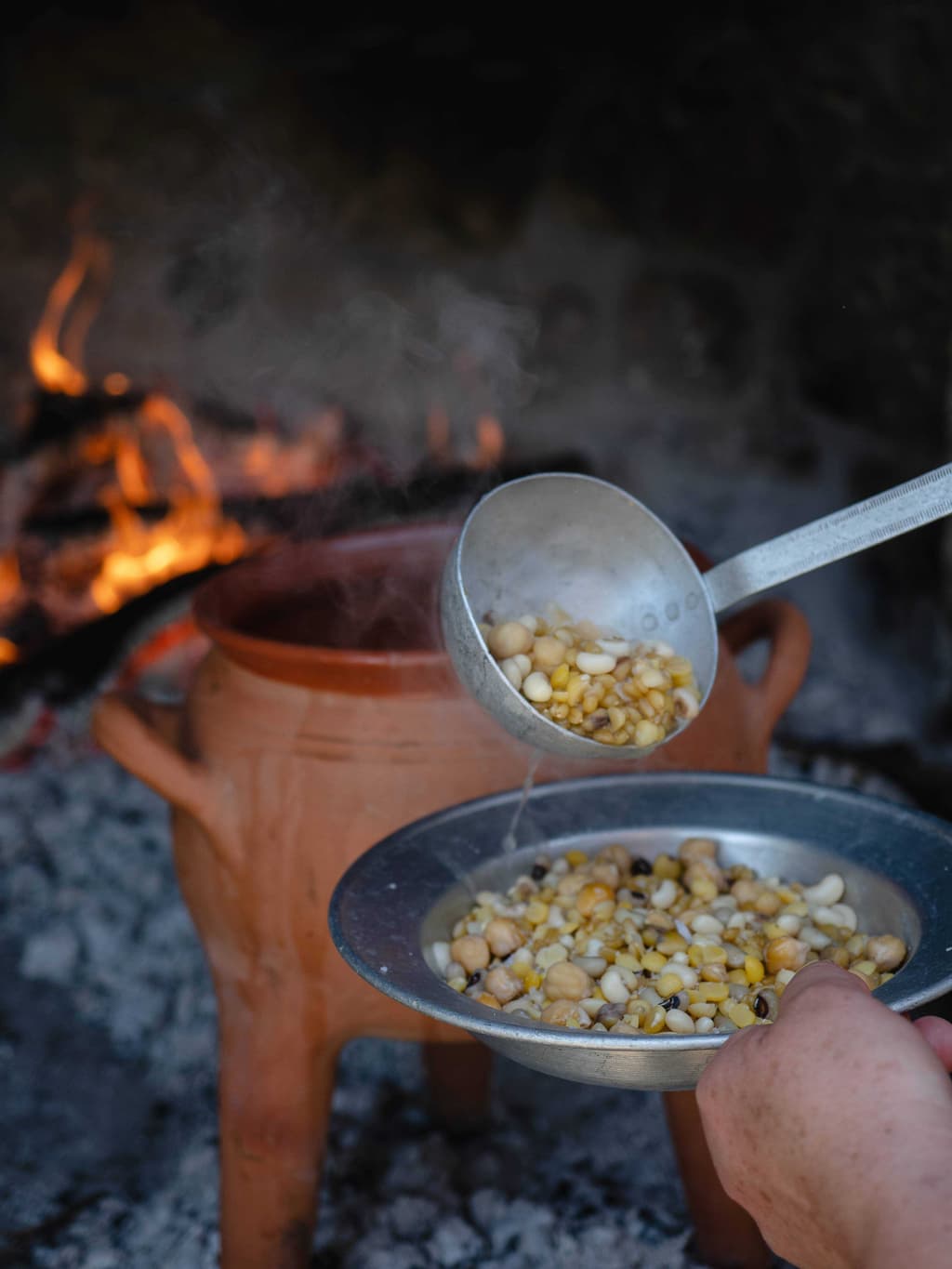
Cretan Ospriada or Palikaria (A Legume Dish)

Chickpeas with Wild Leeks, Flour and Lemon Sauce
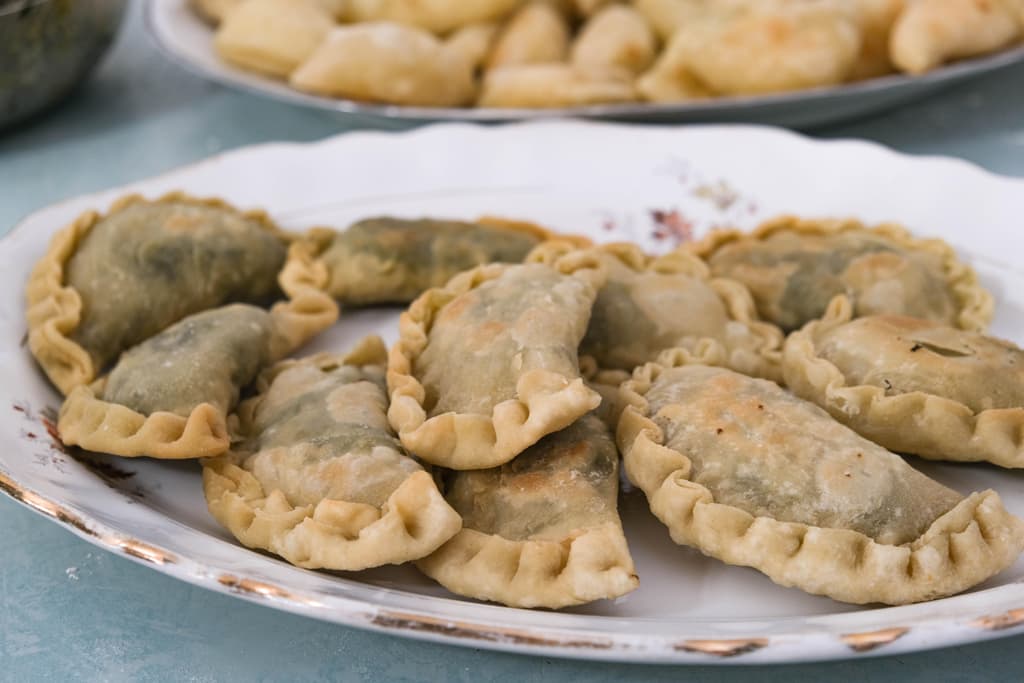
Pies with ‘Yachnera’ Greens
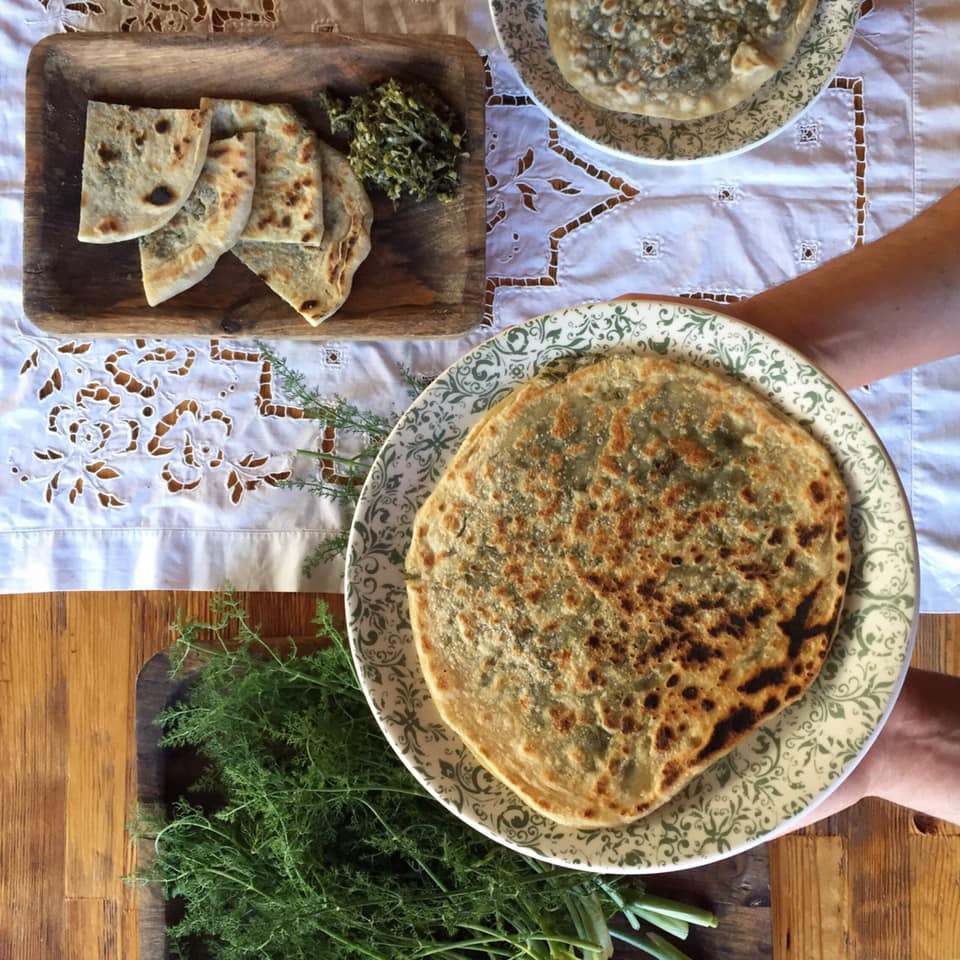
Fennel Pie

Sfakian Pie or Sfakianopita

Biscuits with Sesame Seeds

Sweet Rice Pie or 'Tzoulamas'

Apostoli White-Eyed Bean
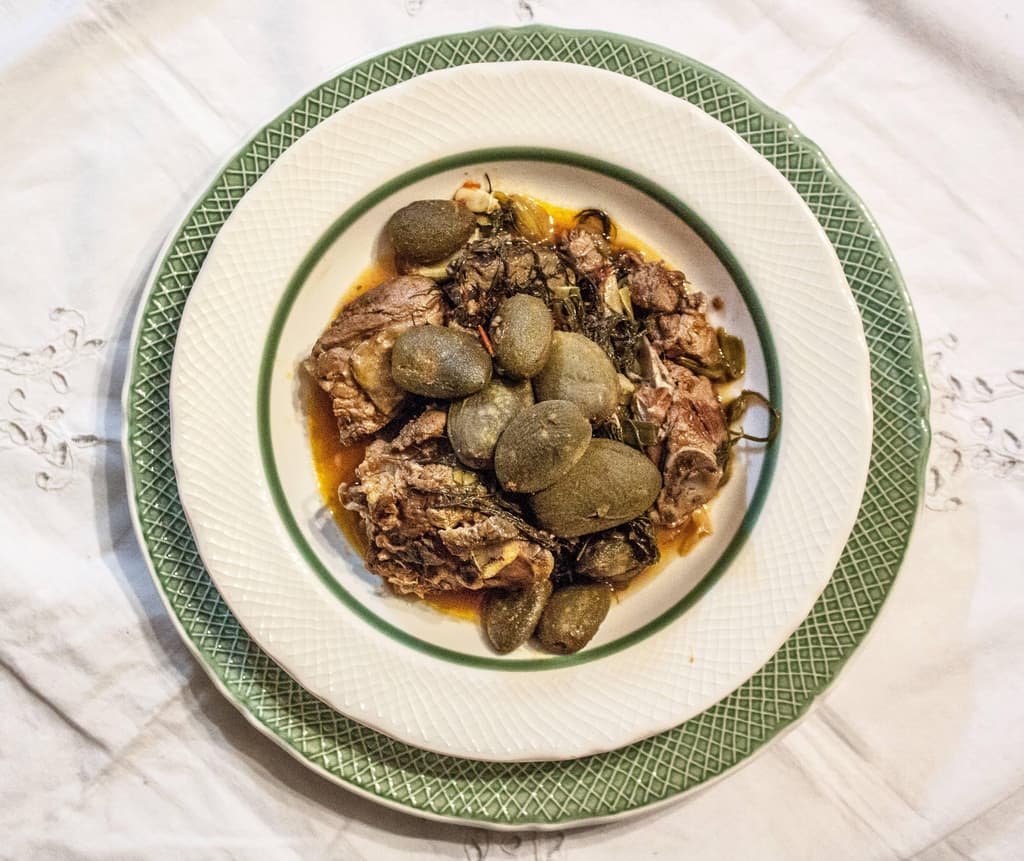
Almond-Infused Goat Dish with Fennel: A Fresh Delight

Lazarosavato
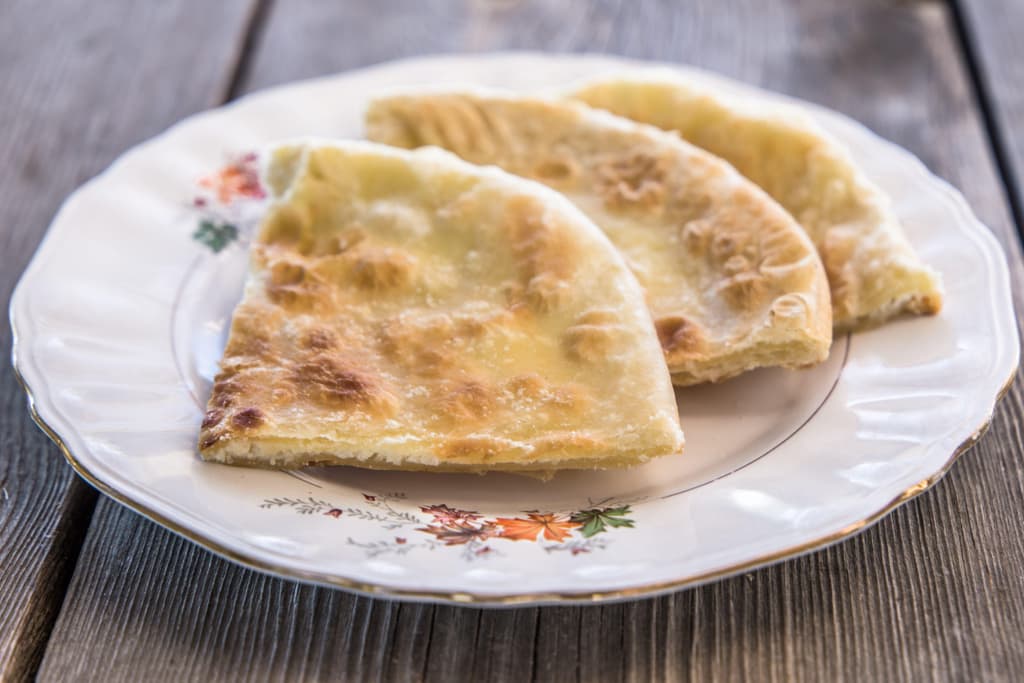
Nerati Mizithropita
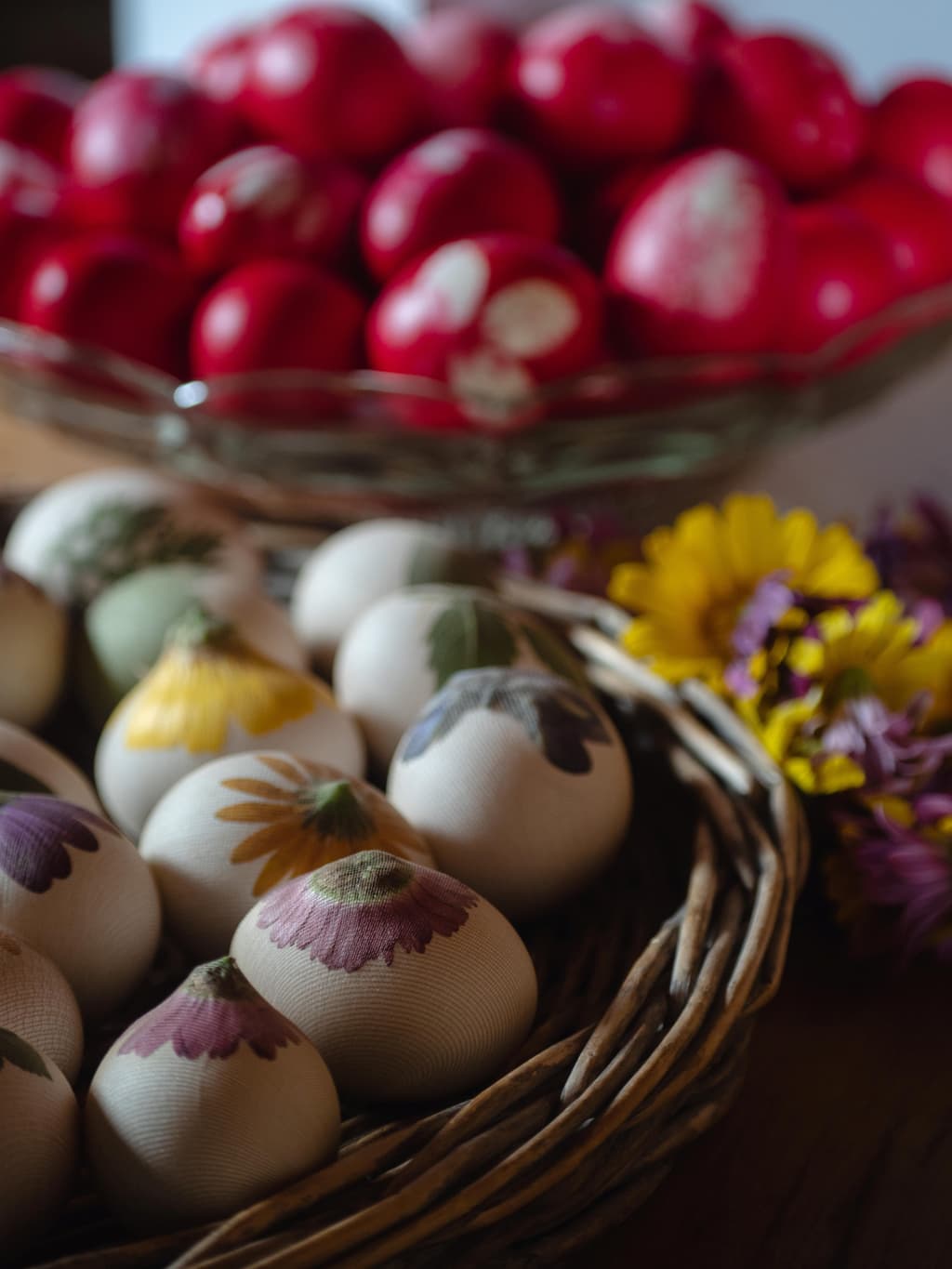
Easter Eggs

Kalikota
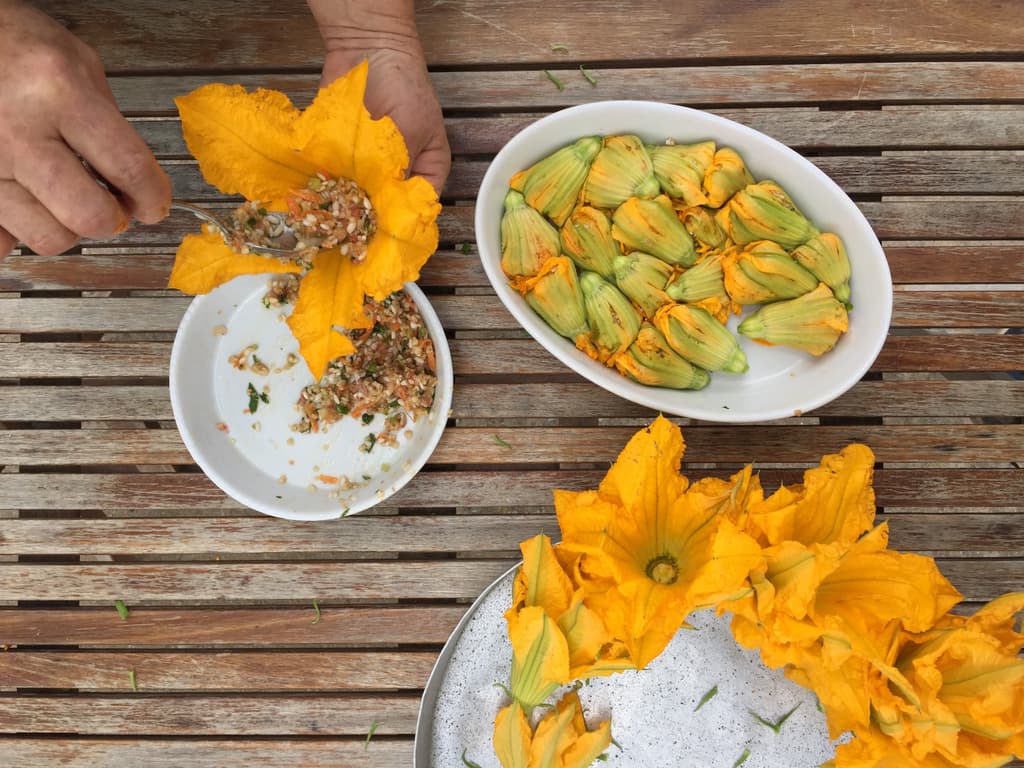
Stuffed Courgette Flowers
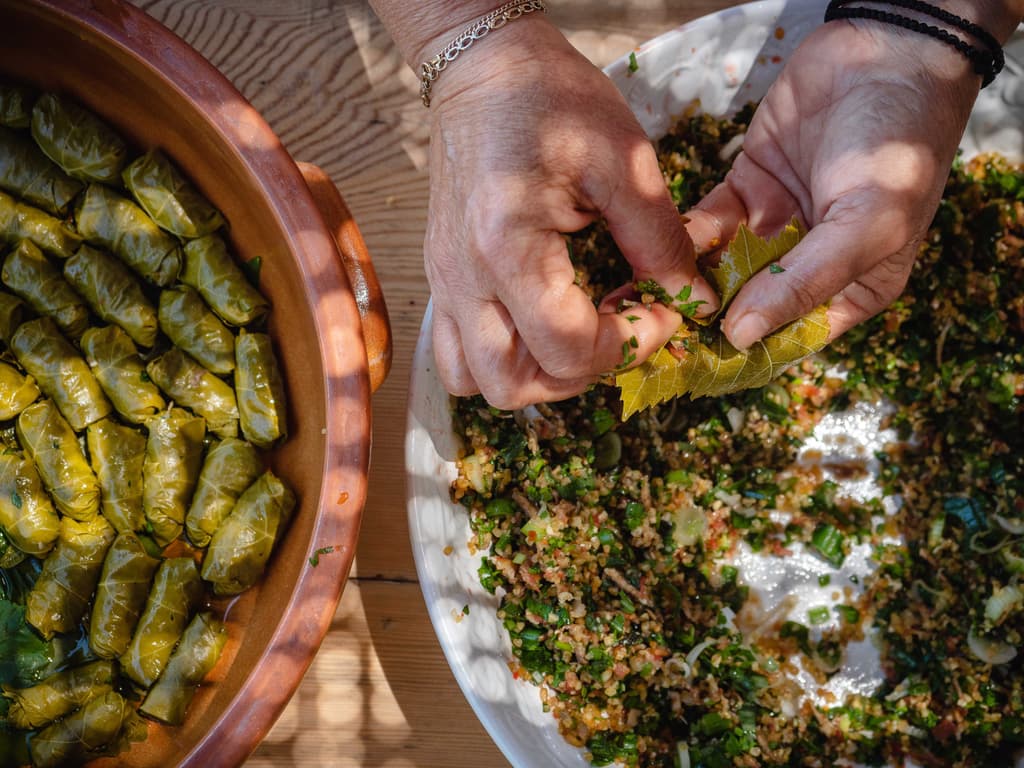
Stuffed Vine Leaves

Cracked Wheat and Snails
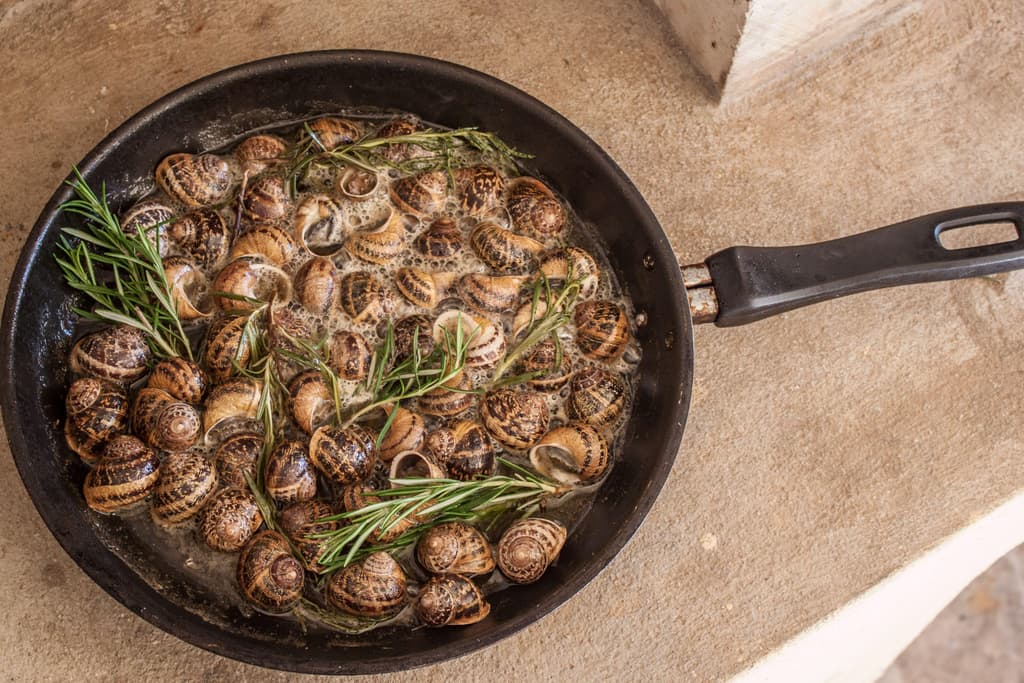
Chochli Boubouristi (Snails Face Down)
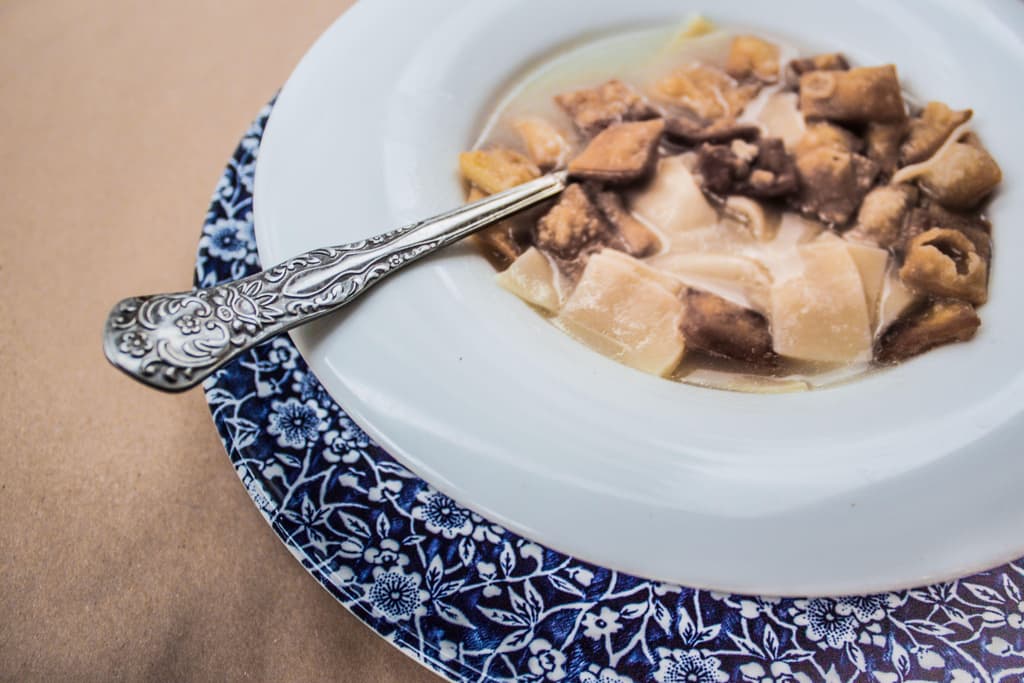
Mangiri

Symian Bean
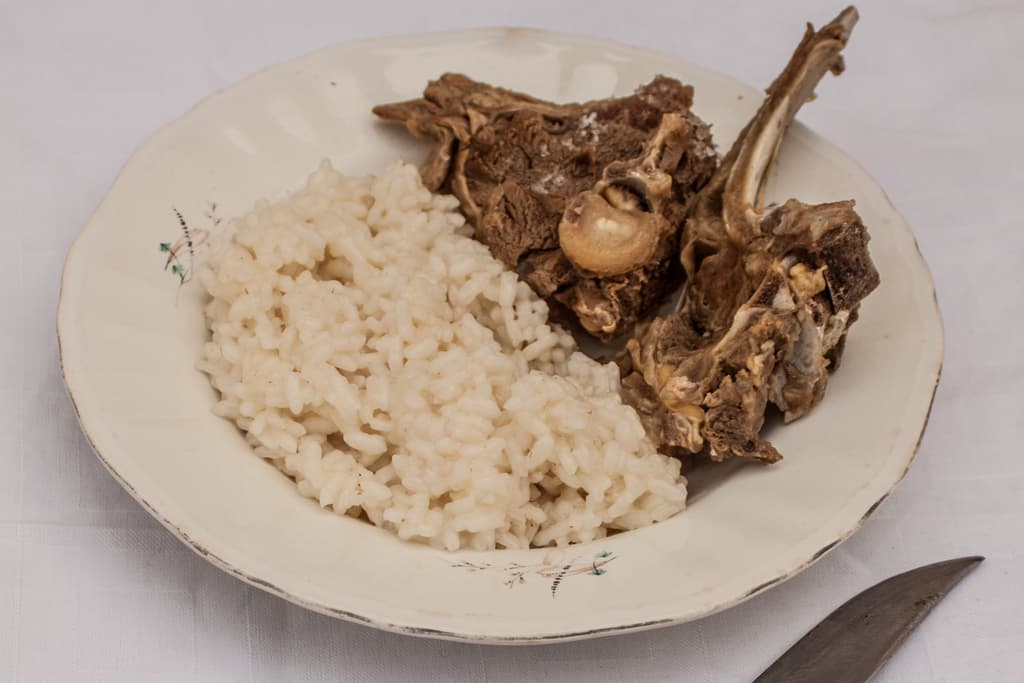
Cretan Pilaf

Rethymno Water Pies
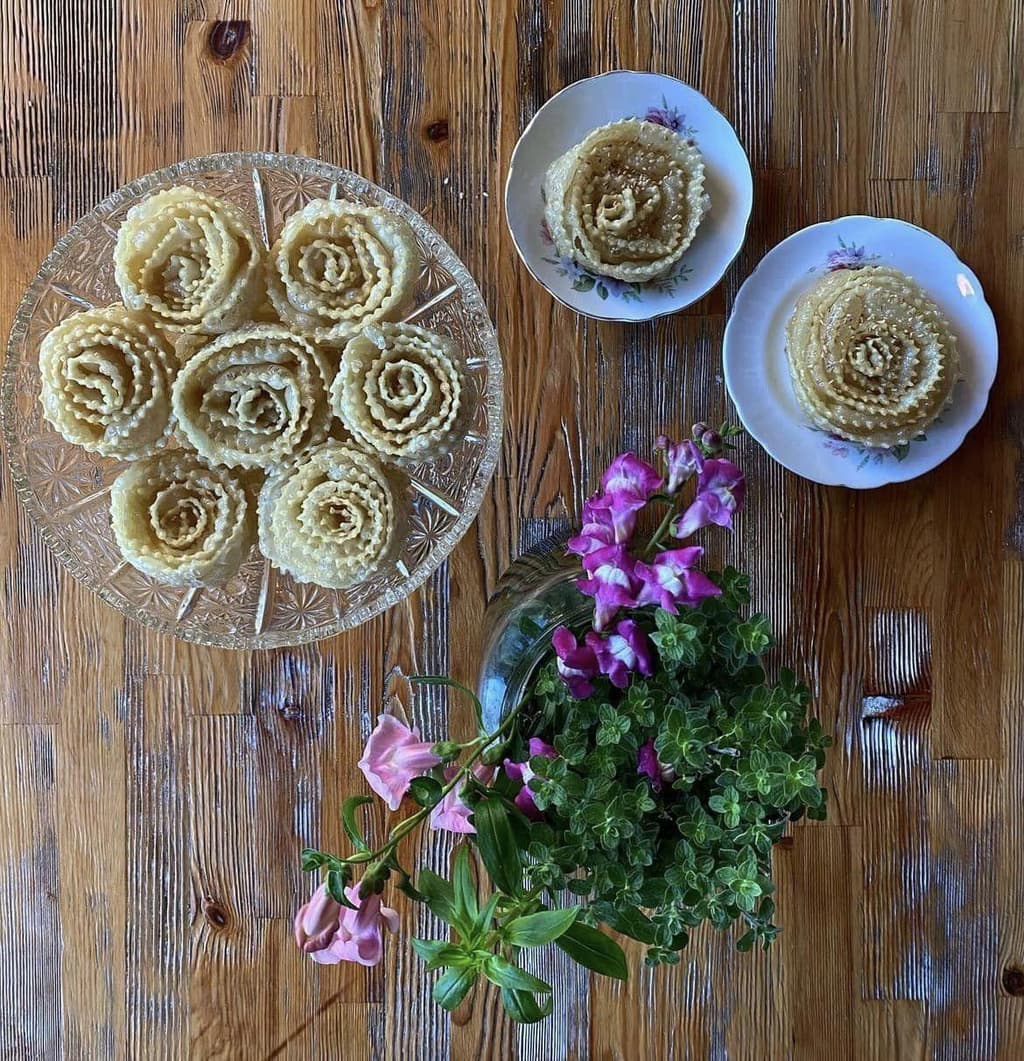
Xerotigana
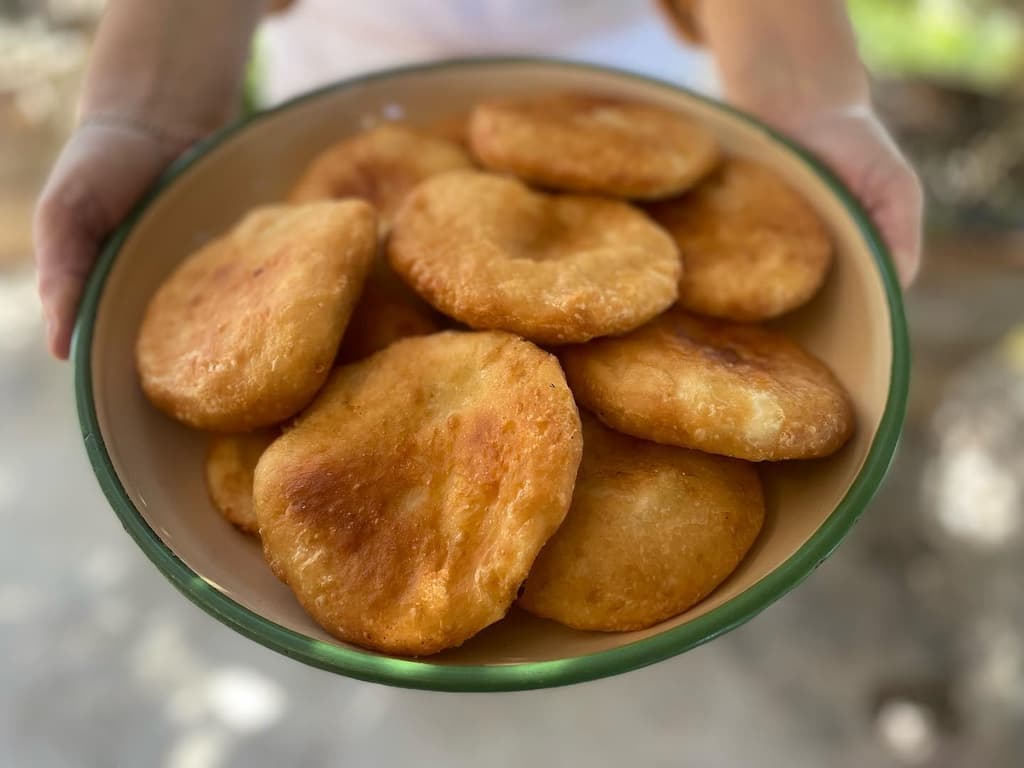
Agnopites
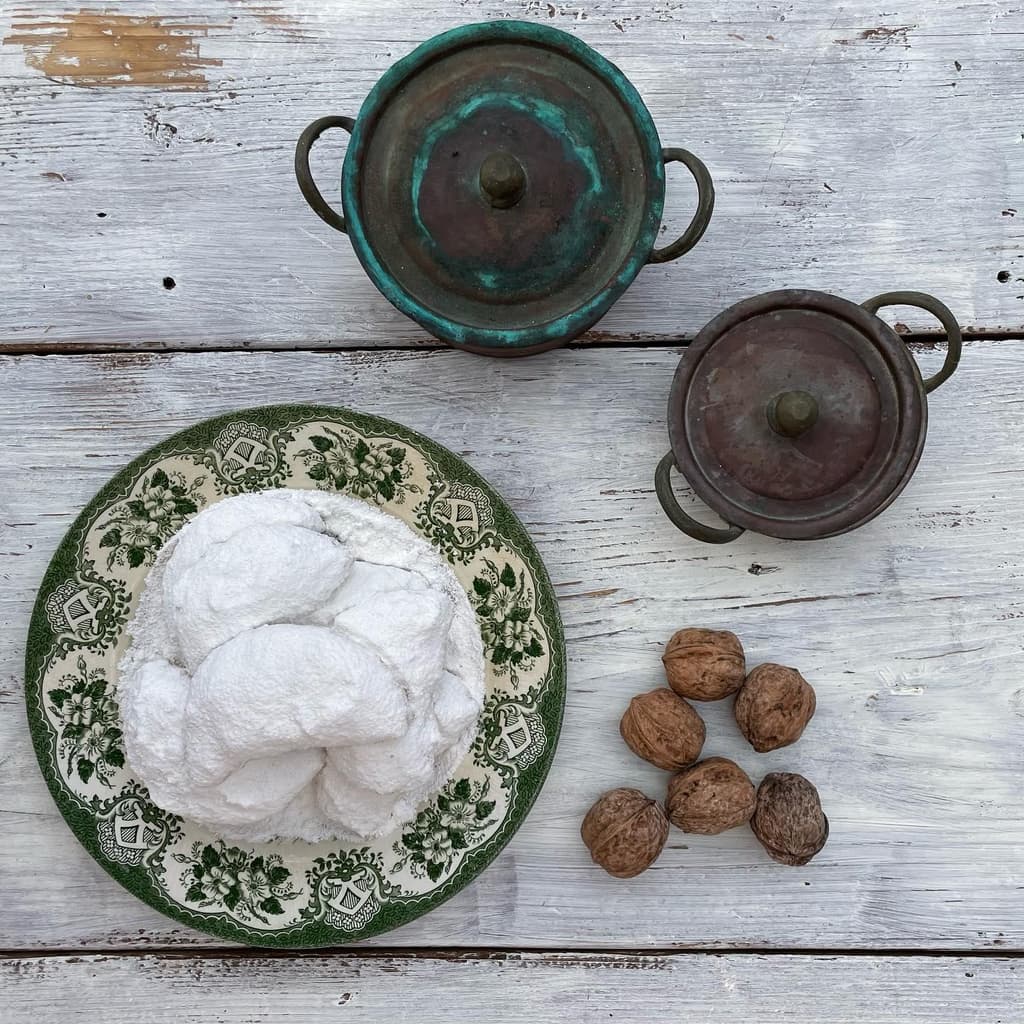
Patoudo

Safidota
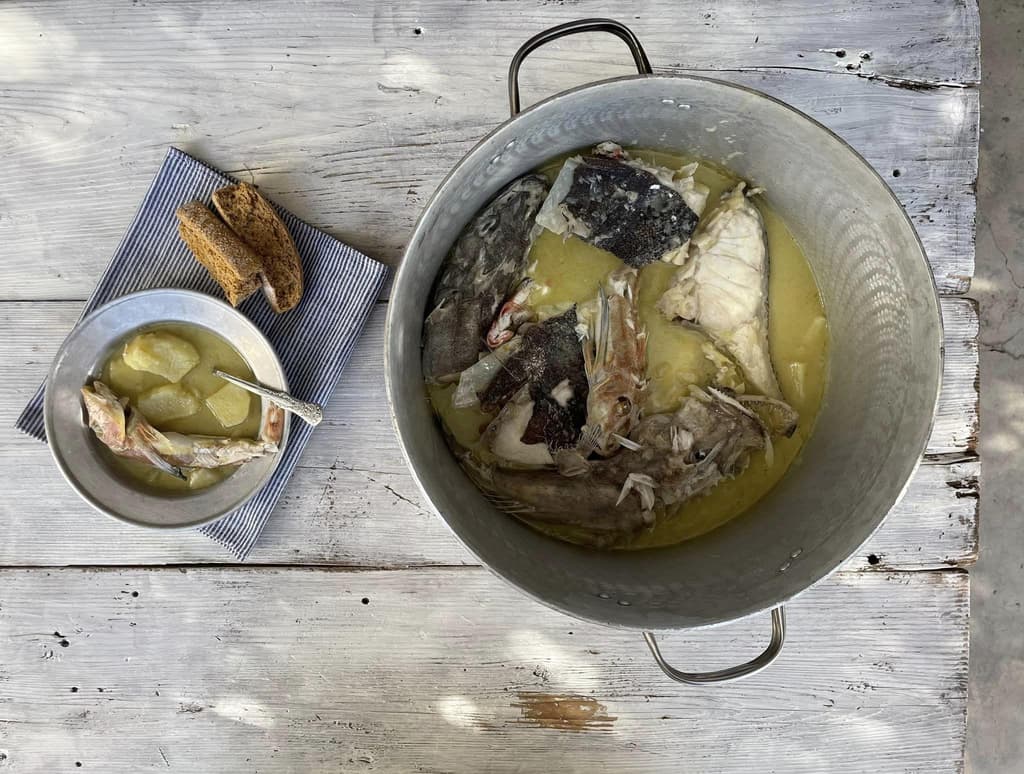
Kakavia (Fish Soup)
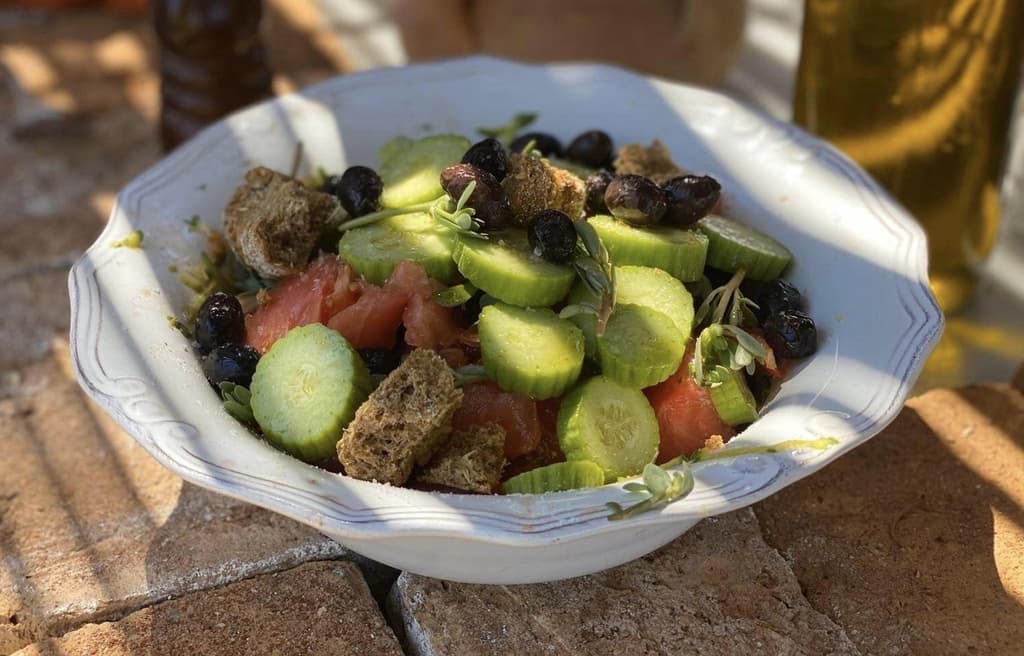
Cretan Greek salad
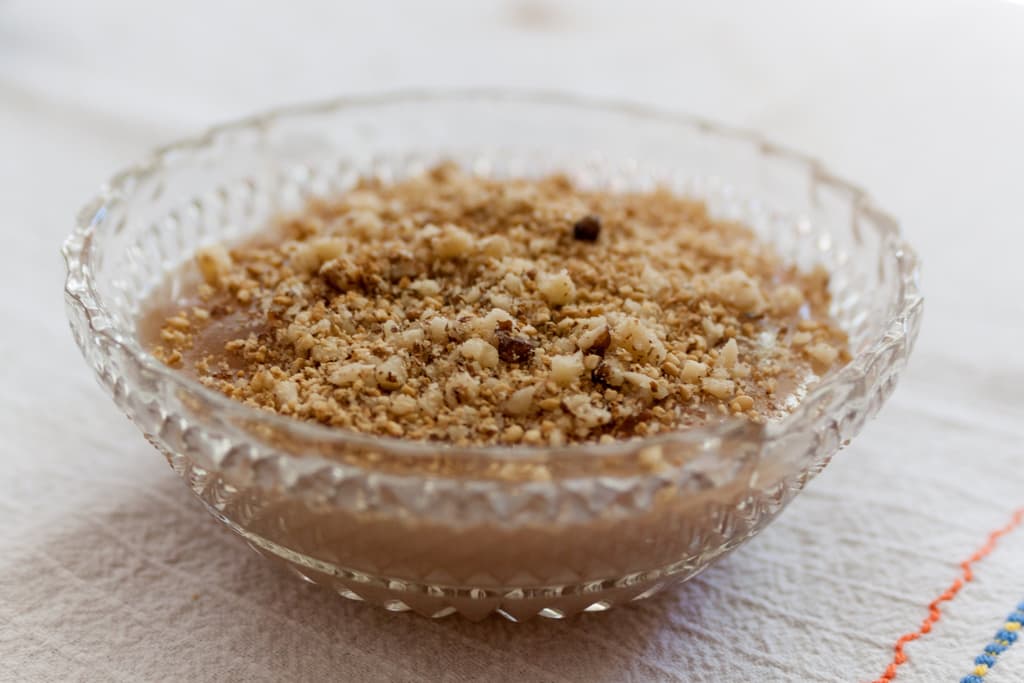
The Sweet Bounty of the Cretan Harvest
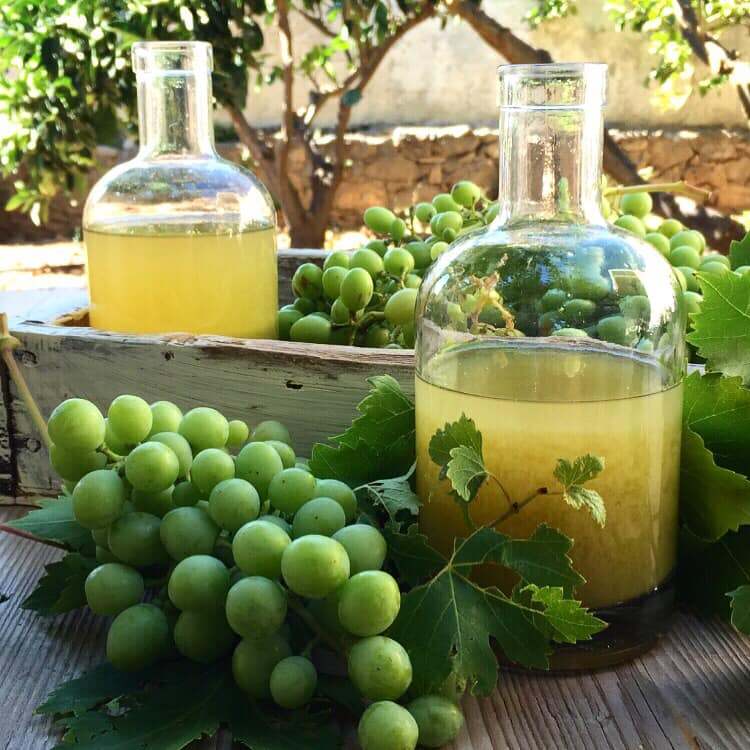
Okra and Unripe Grape
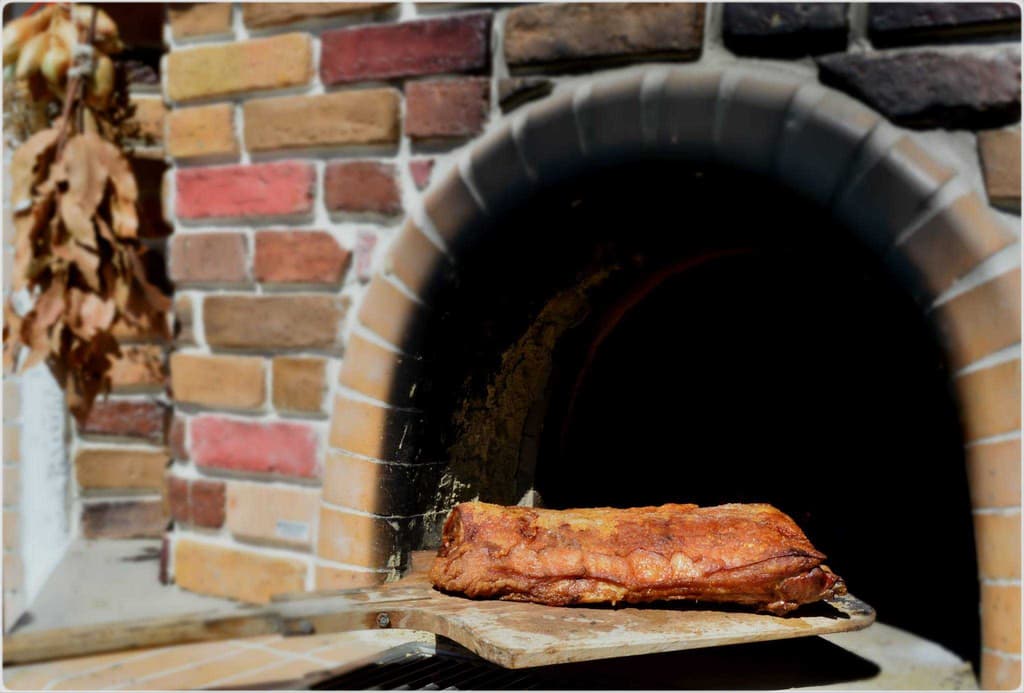
Kapriko
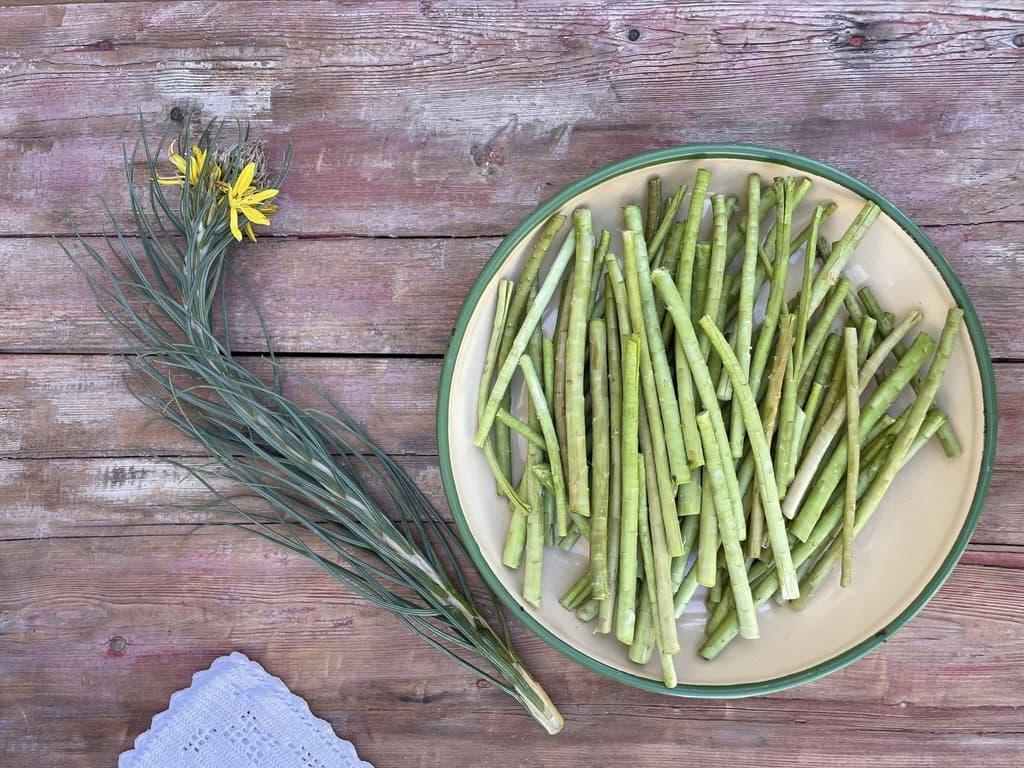
Discovering and Cooking Asphodelaceae: A Taste of Local Cuisine
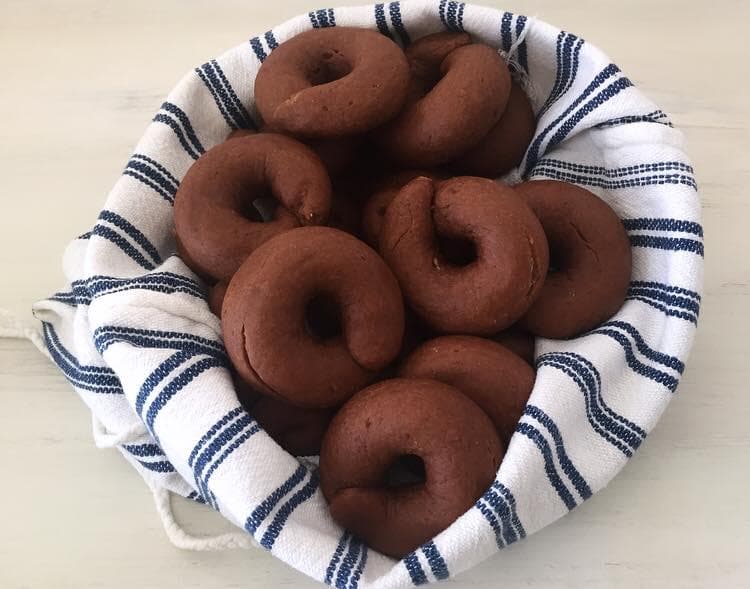
Moustokouloura
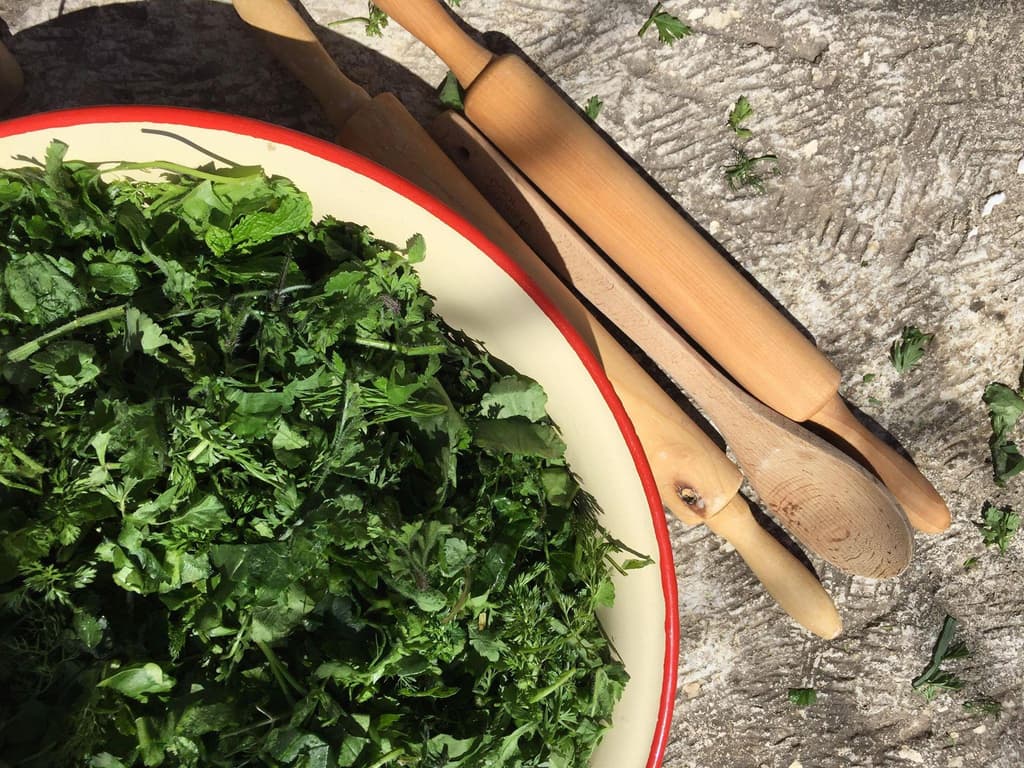
Pie with 'Yachnera' Greens: Baked to Perfection
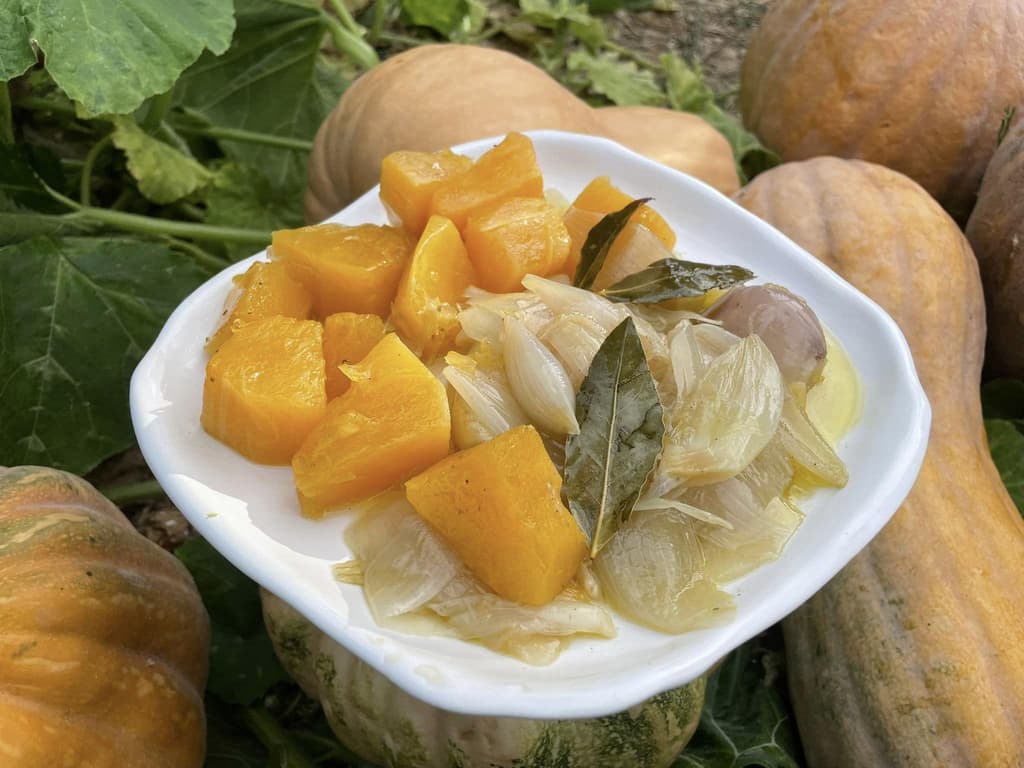
Pumpkin Stifado
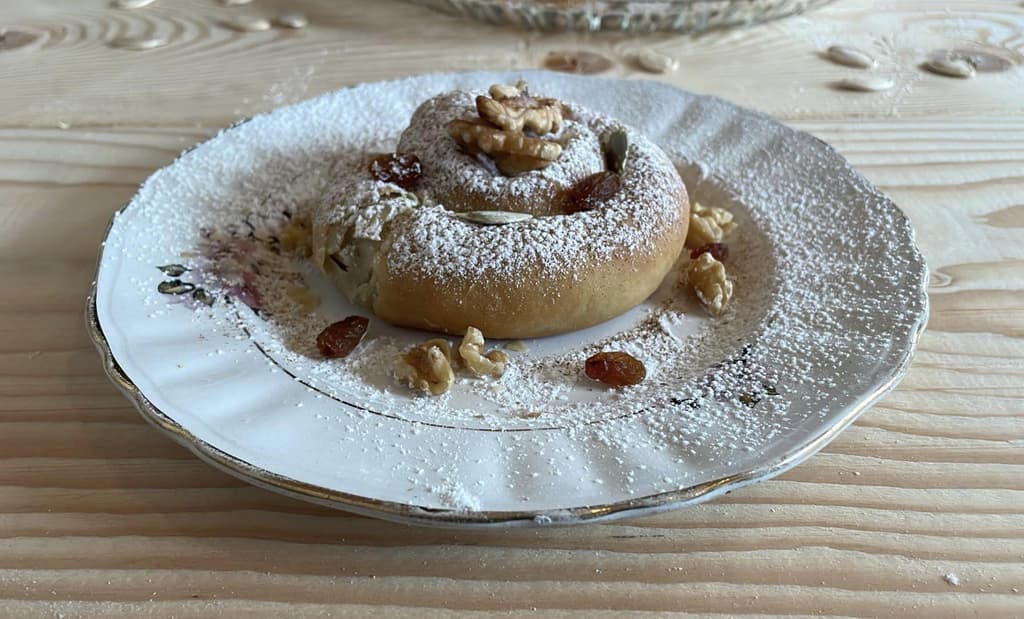
Sweet Pumpkin Pies with Raki Leaves (Oven)
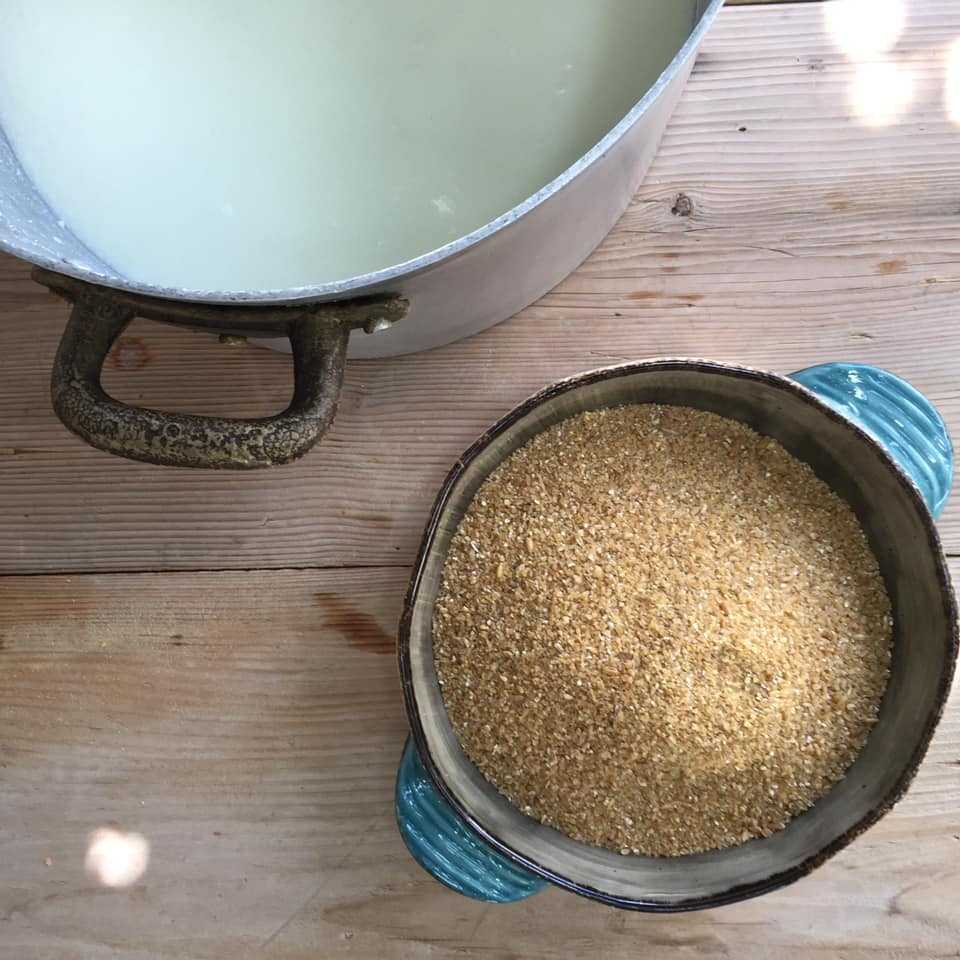
Xinochondros: Sour Bulgur Pasta
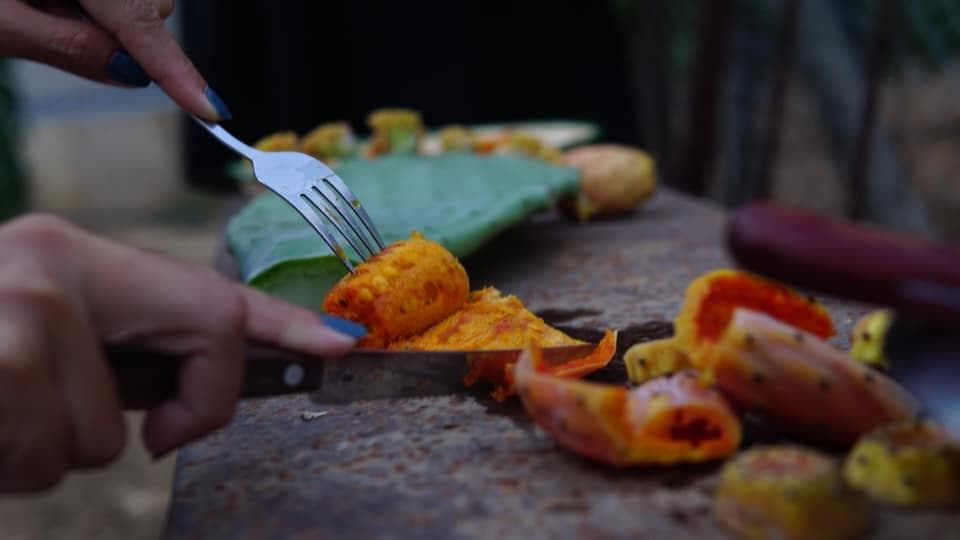
Prickly Pear or Indian Fig

Black Bryony

Tahini Soup without Oil
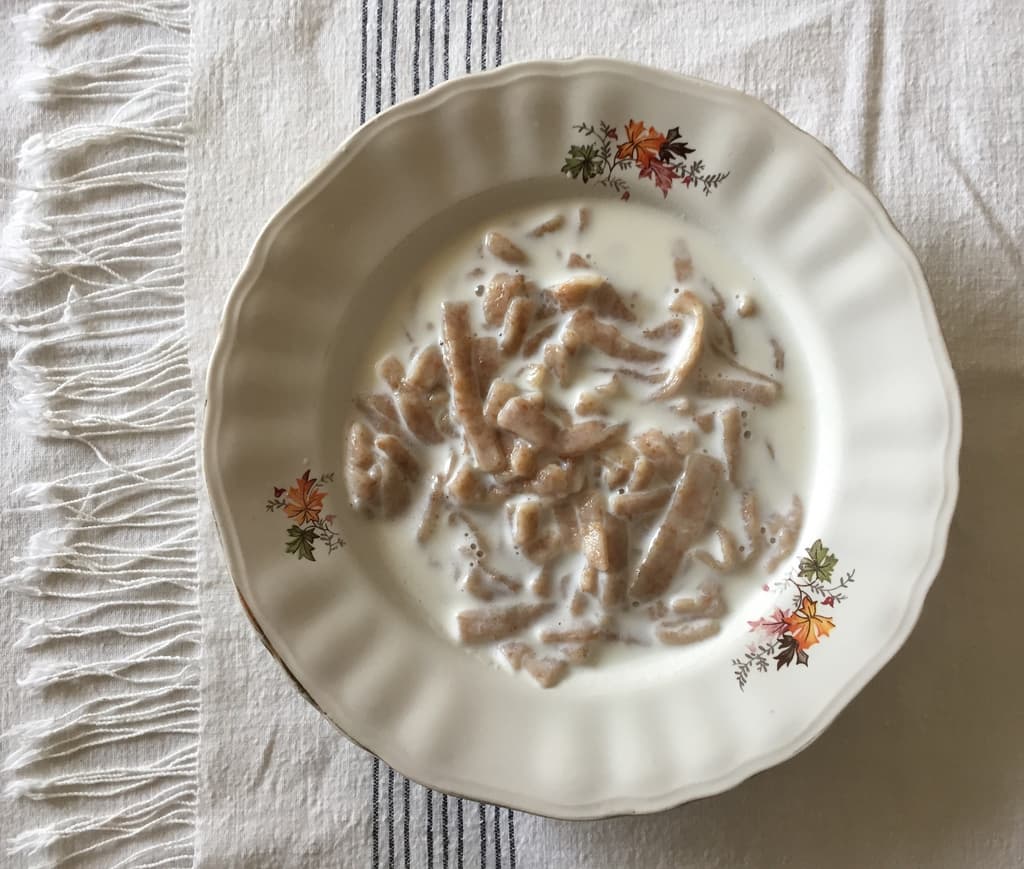
Chylofta with Milk
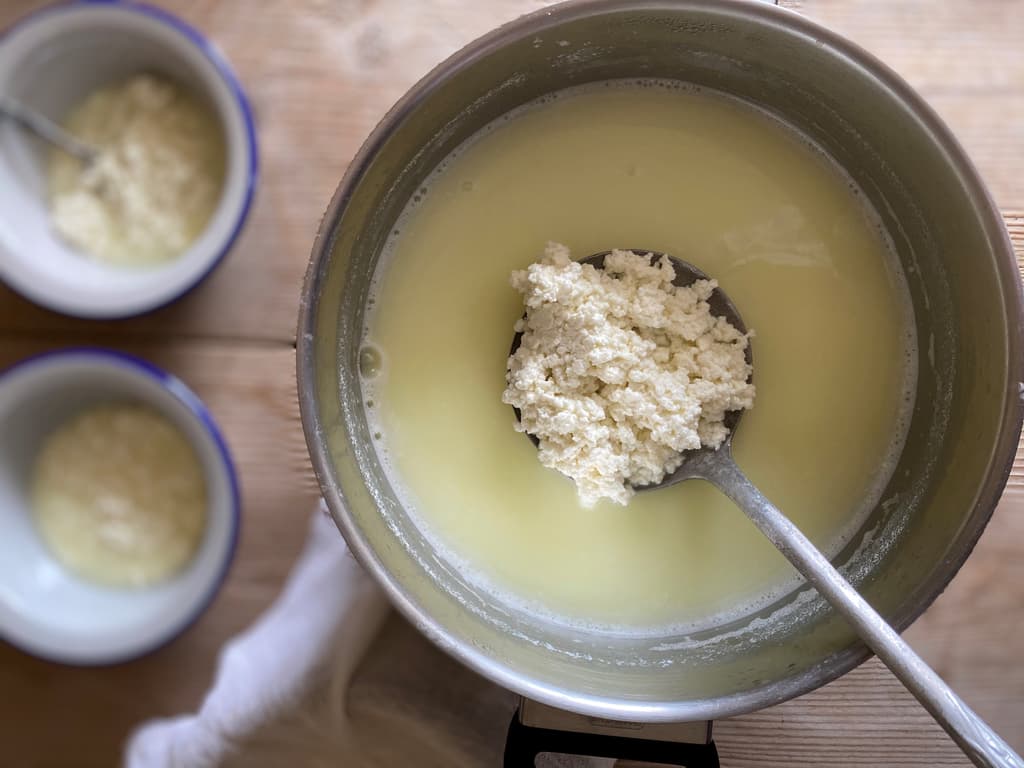
Tyrozouli or Cretan Home Cheese
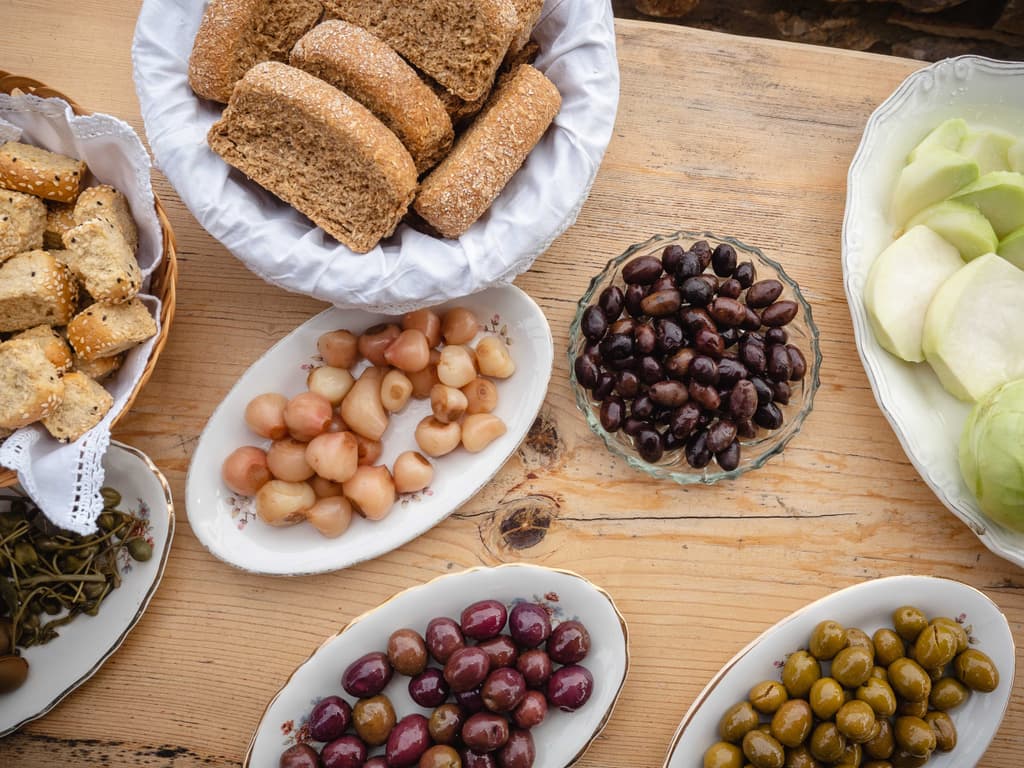
Pickled Tassel Hyacinth

Sourdough Dagoulakia
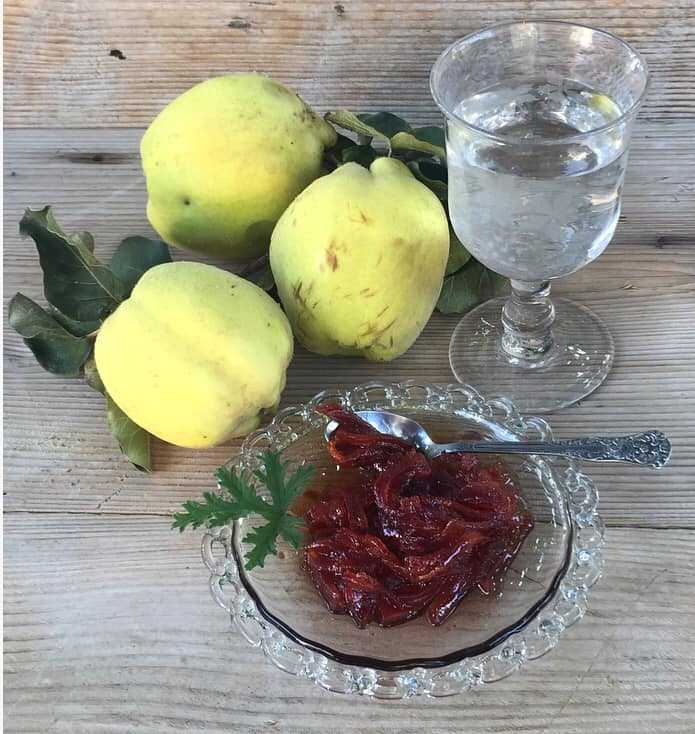
Quince Confection

Delicious Homemade Treat with Lemon Blossoms
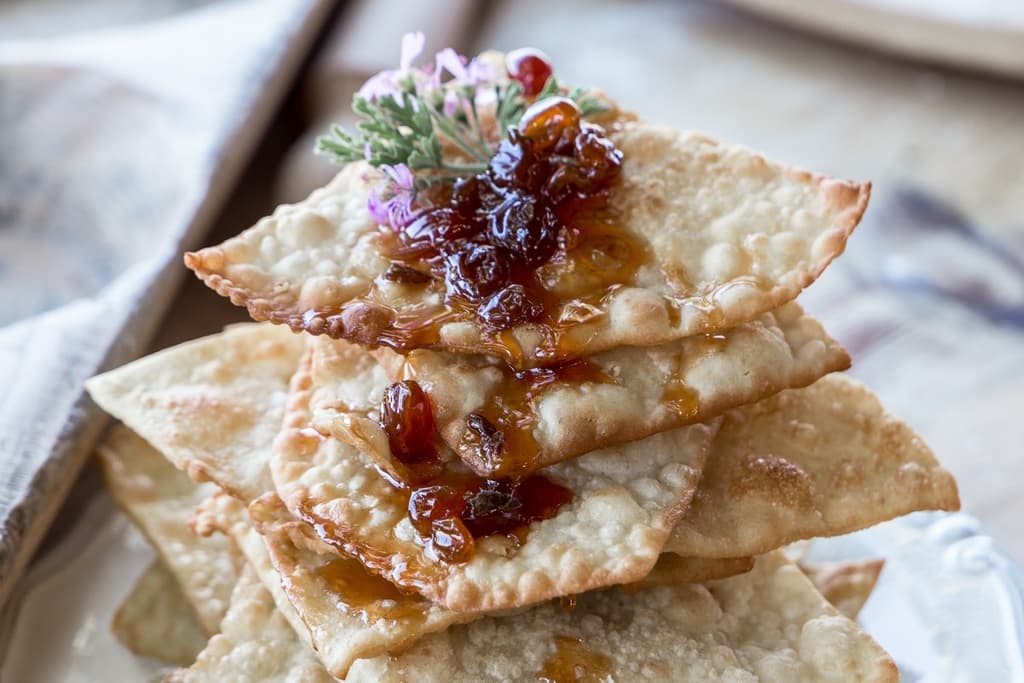
Tiganopites: Greek Fried Pies

Dietary Practices in 17th Century Crete
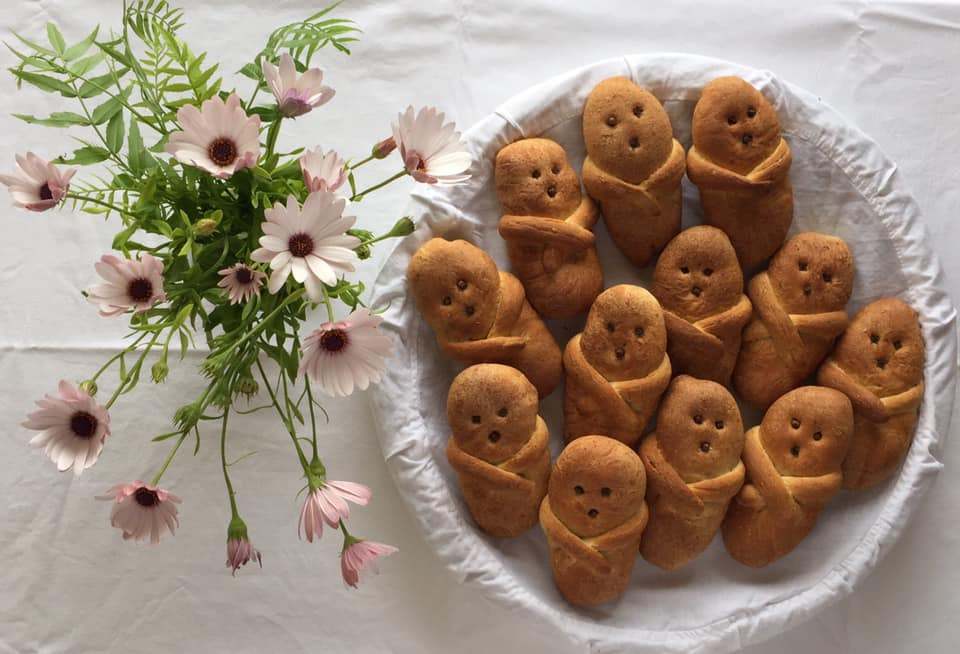
Lazarakia
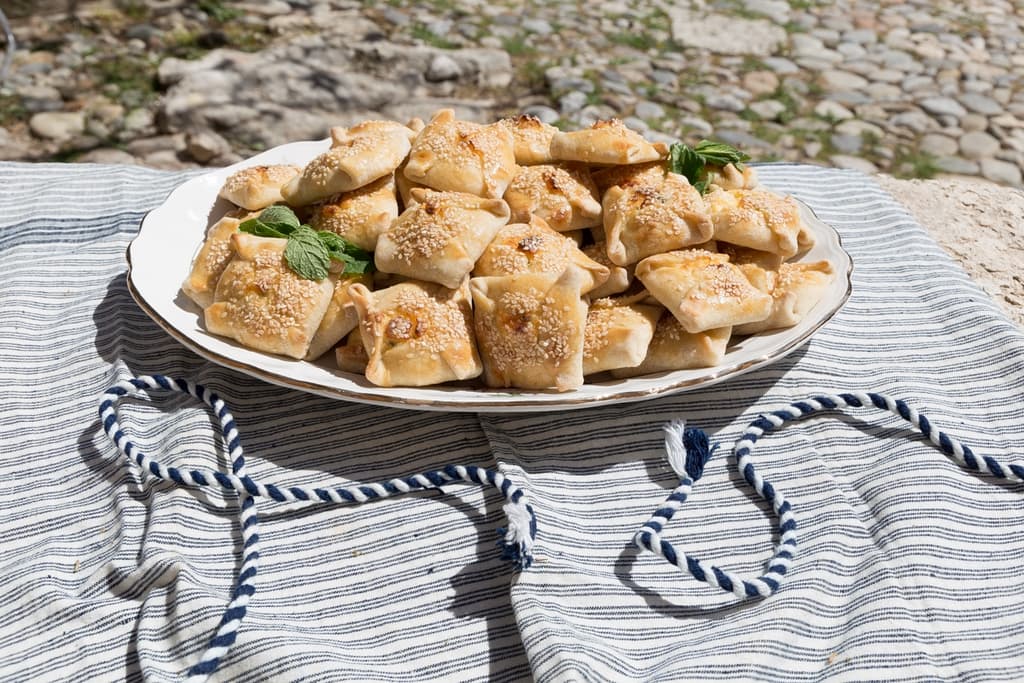
Kalitsounia from Chania
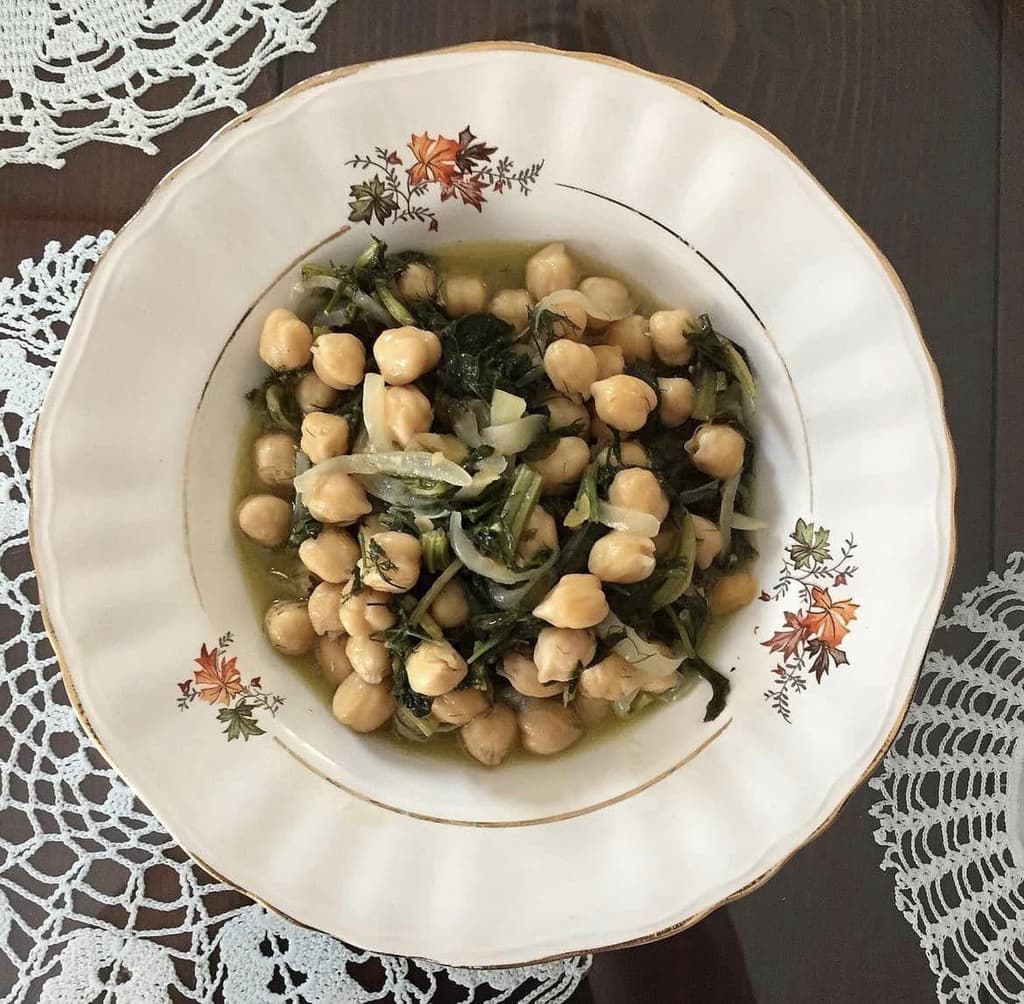
Chickpeas with Yachnera: A Delightful Dish
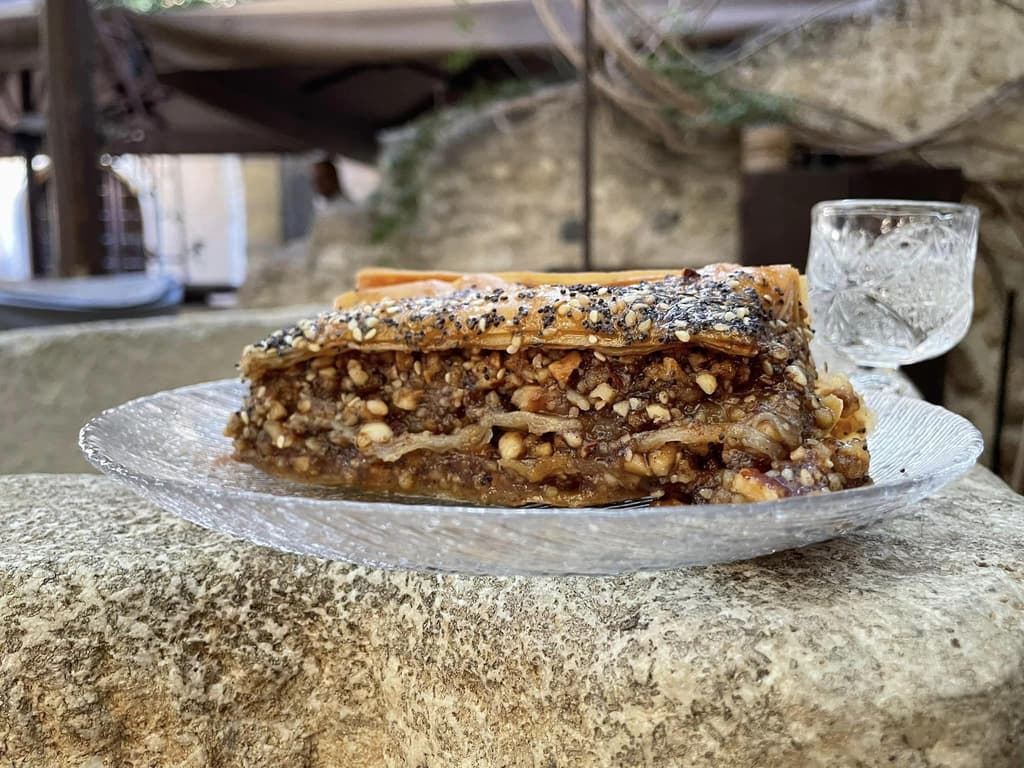
Gastrin


